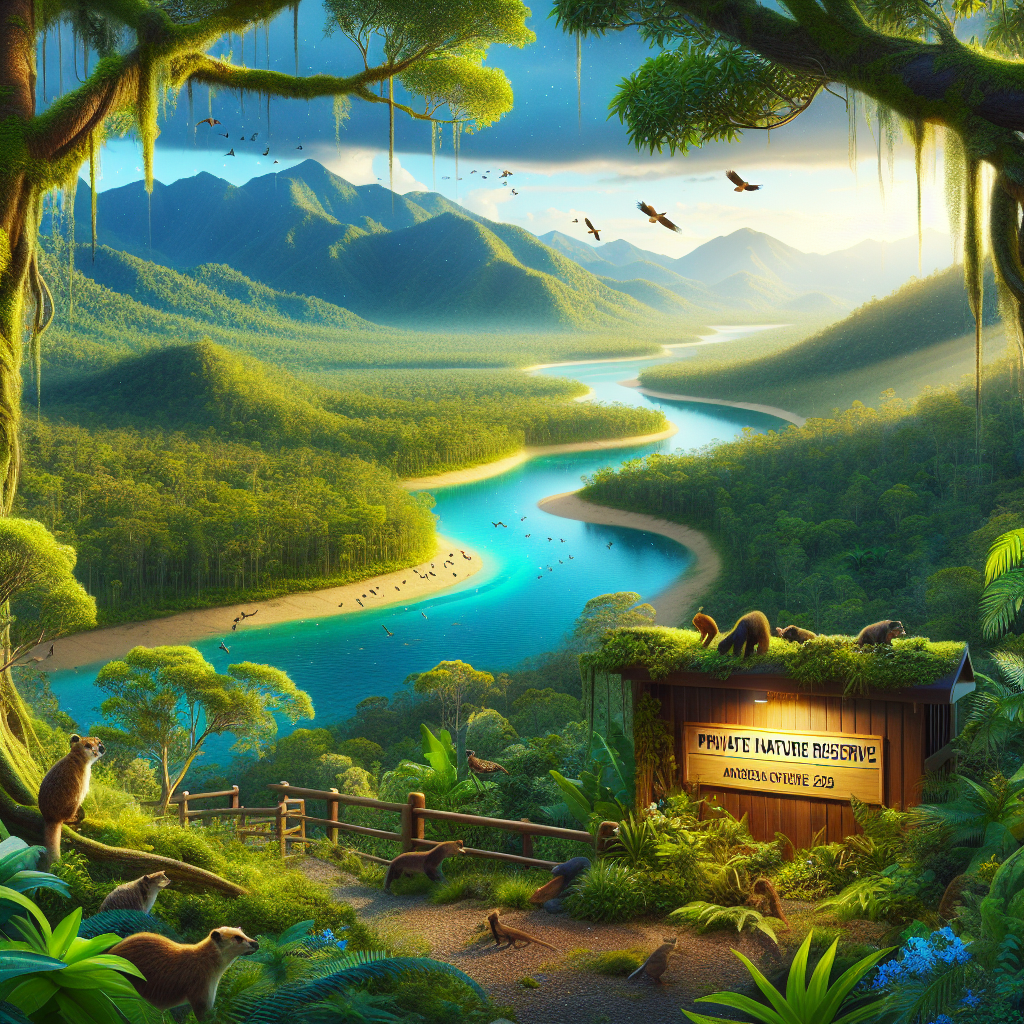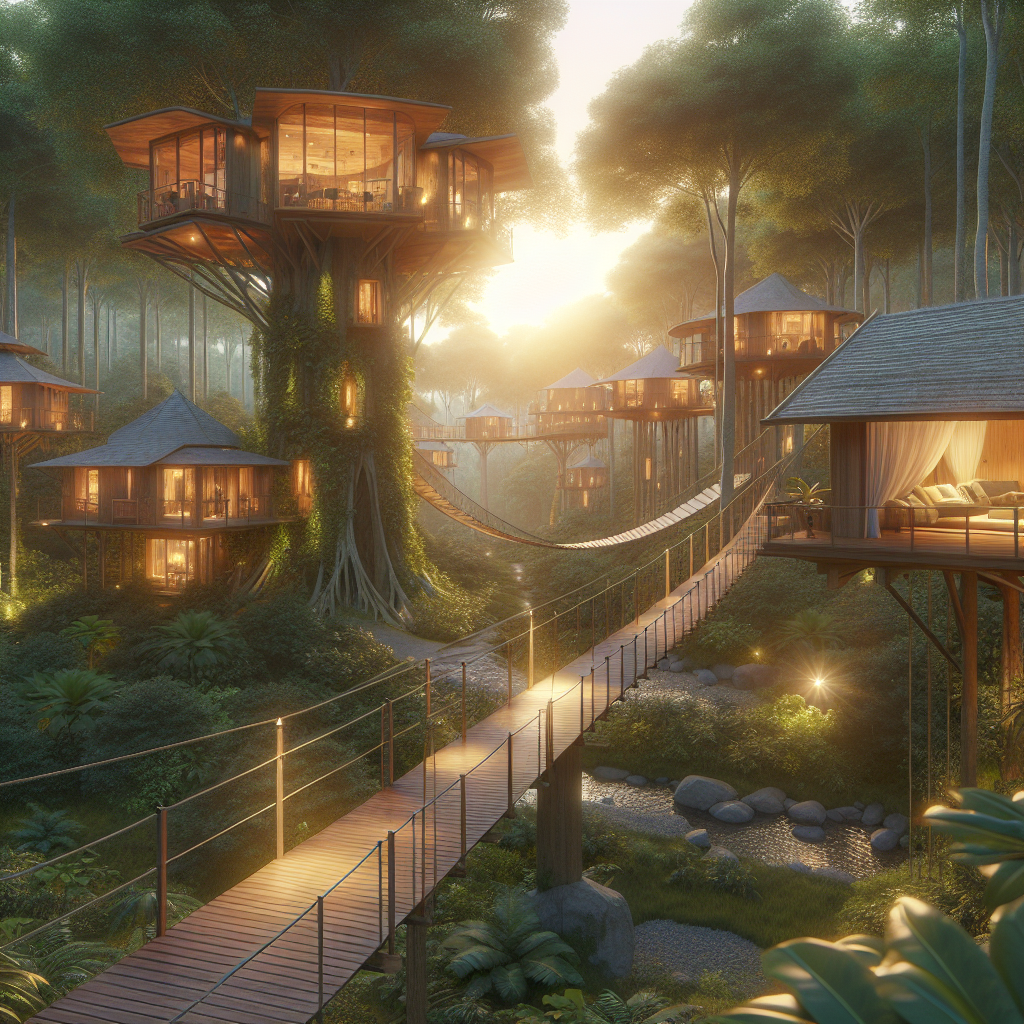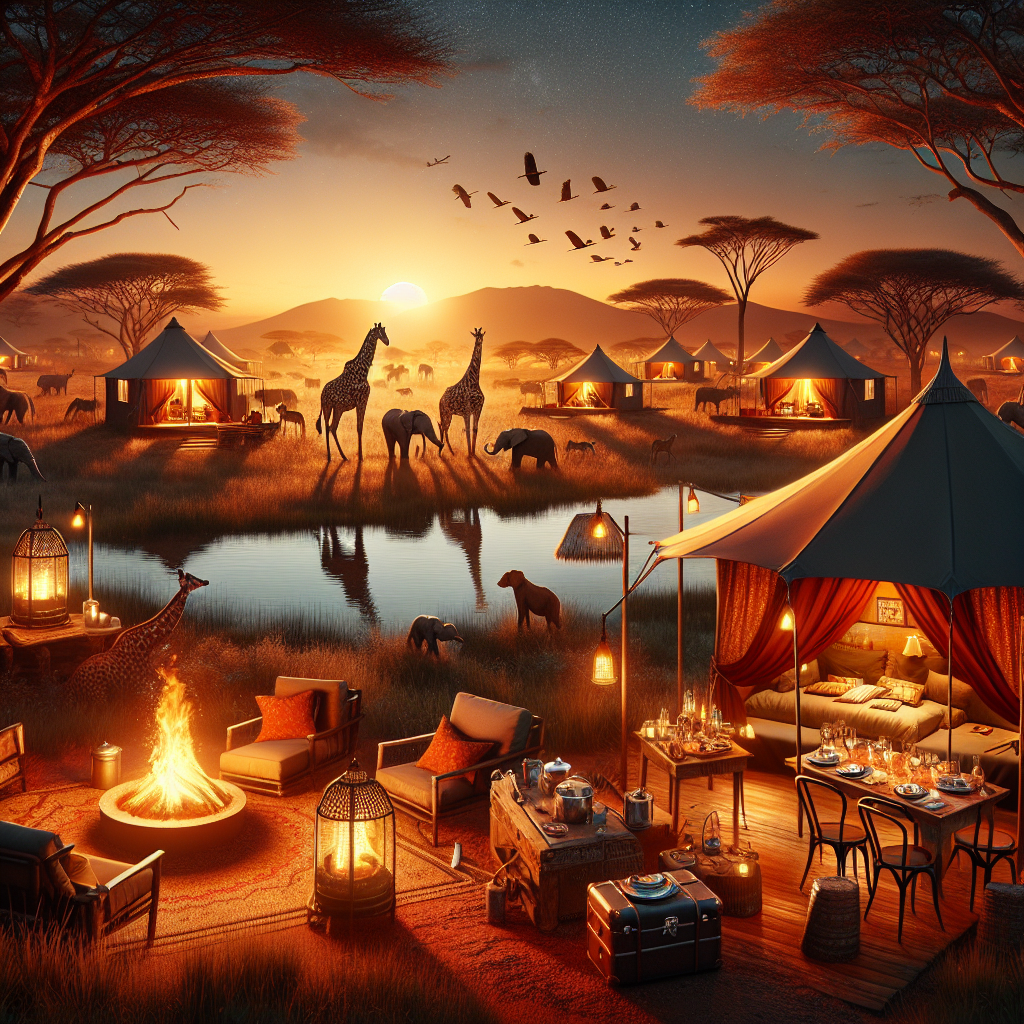The beauty of private nature reserves is often overshadowed by the more well-known national parks and public conservation areas. These hidden gems serve as important havens for plant and animal species, helping to safeguard biodiversity and protect our natural heritage. Private nature reserves are owned and managed by individuals, non-profit organizations, or corporations, who are dedicated to preserving the land for future generations to enjoy. In this article, we will explore the unique beauty of private nature reserves, and the vital role they play in conservation efforts.
One of the key benefits of private nature reserves is their ability to protect sensitive habitats that are not adequately safeguarded by public lands. Many private reserves are located in areas that are under threat from development, mining, or agriculture. By acquiring and maintaining these lands, private owners can ensure that critical habitats are preserved and wildlife populations are protected. This is especially important for species that are at risk of extinction, as private reserves can provide a safe haven where they can thrive and reproduce.
Private nature reserves also play a crucial role in connecting fragmented landscapes and creating wildlife corridors. By linking together different habitats, private reserves allow animals to move freely between areas, increasing genetic diversity and promoting healthy ecosystems. This connectivity is essential for the long-term survival of many species, as it enables them to adapt to changing environmental conditions and avoid inbreeding.
In addition to their ecological benefits, private nature reserves offer tremendous opportunities for outdoor recreation and education. Many reserves have hiking trails, nature centers, and guided tours that allow visitors to explore and learn about the natural world. These experiences can foster a greater appreciation for nature and inspire conservation-minded behavior in individuals of all ages. Private reserves also provide valuable research opportunities for scientists and conservationists, who can study rare and endangered species in their natural habitats.
One example of a successful private nature reserve is the San Diego Zoo Safari Park in California. This 1,800-acre reserve is home to over 2,600 animals from more than 300 species, many of which are threatened or endangered. The park offers visitors the chance to see these animals up close in naturalistic habitats, and learn about the zoo’s conservation efforts to save species from extinction. In addition to its recreational attractions, the Safari Park also plays a key role in education and research, hosting field trips and scientific studies that contribute to our understanding of wildlife biology and behavior.
Another example of a private nature reserve is the Ol Pejeta Conservancy in Kenya. This 90,000-acre reserve is dedicated to protecting endangered species, such as rhinos, elephants, and lions, through conservation initiatives and community outreach programs. Visitors to Ol Pejeta can participate in guided safaris, visit a chimpanzee sanctuary, and learn about the challenges facing African wildlife. The conservancy also partners with local communities to promote sustainable development and environmental stewardship, ensuring that conservation efforts benefit both people and wildlife.
As more and more natural habitats are lost to human activities, private nature reserves are becoming increasingly important for the preservation of biodiversity and the protection of ecosystems. By supporting these reserves through donations, volunteer work, or eco-tourism, individuals can contribute to the conservation of our planet’s natural treasures and help ensure a sustainable future for all living beings.
FAQs:
Q: How are private nature reserves different from national parks and public conservation areas?
A: Private nature reserves are owned and managed by individuals, non-profit organizations, or corporations, whereas national parks and public conservation areas are typically owned and operated by the government. Private reserves often focus on protecting specific habitats or species, and may have different management goals than public lands.
Q: Are private nature reserves open to the public?
A: Many private nature reserves are open to the public for hiking, wildlife viewing, and other recreational activities. Some reserves may require an entrance fee or guided tour, so it’s best to check with the reserve’s website or visitor center before planning your visit.
Q: How can I support private nature reserves?
A: There are many ways to support private nature reserves, including making a donation, volunteering your time, or participating in eco-tourism activities. By supporting these reserves, you can help fund conservation efforts and ensure that critical habitats are protected for future generations to enjoy.





Leave A Comment